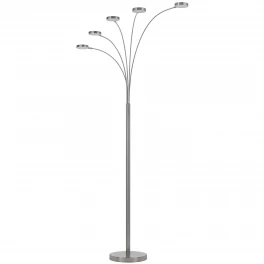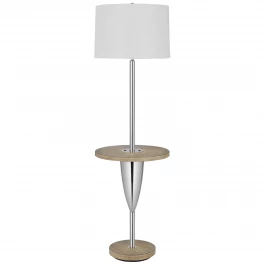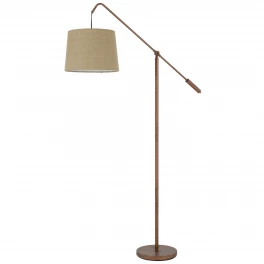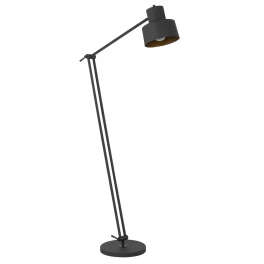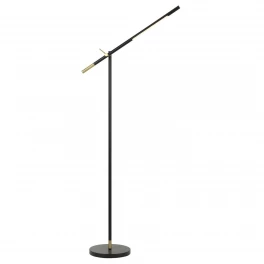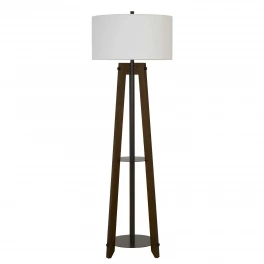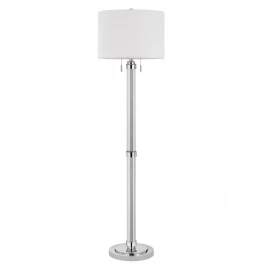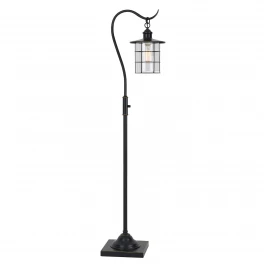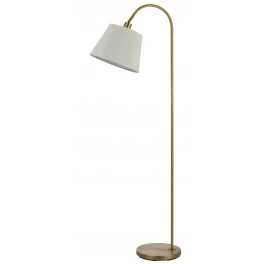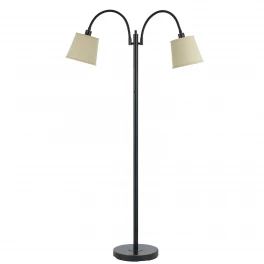Over the last decade, cork floors have evolved from rare to trendy. Their ever-growing popularity isn’t surprising, though, considering the many pros of using cork flooring. As a design element, cork is beautiful to look at, comfortable underfoot, and checks all the “green” boxes that make you feel good about buying the product.
But the decision to make a cork floor part of your room design must be based on more than its sustainability. After all, flooring made from recycled rubber is environmentally-friendly too, but it’s not going to add much to make your decor sophisticated and trendy.
What are Cork Floors?
Cork flooring is immediately very different from other natural flooring types because of how it’s harvested. Unlike most hardwoods, which come directly from the trunk of a tree, cork is taken from the bark of a cork tree. From there, the cork bark is ground up, pressed into large sheets, and heated to solidify the particles. Therefore, no trees have to be cut down. Natural cork flooring is a sustainable, eco-friendly, and low-impact way to create a product with the look of hardwood, without severe ecological harm.

Image by leongeodhart from Getty Images
The Pros of Cork Flooring
Eye-Catching Beauty
Depending on how they’re pressed and designed, cork flooring planks often have gorgeous abstract patterns that can turn your floor into a statement piece. Cork flooring manufacturers like Siena USA feature a myriad of designs in their product collections, from clean and simple Mystic Grey to a more natural pattern like Vintage or Safari.
According to Rick Evans, Director of Sales at Siena USA, “ Cork styling options are wide, and there are many kinds of looks and colors today that didn’t exist before.”
Good for the Environment
Not only is cork harvested in a way that leaves the trees standing and healthy, but cork flooring can also be made from recycled corks, keeping cork waste out of landfills. For example, the waste from the production of wine bottle corks, and used corks themselves, are often used in the making of recycled cork floor tiles.
Low VOC
Some of the best cork flooring companies use flooring adhesives that are no-VOC or low-VOC. What are VOCs? VOC stands for volatile organic compounds; chemicals that turn into gases at room temperature and can have adverse effects on human health, including liver issues, breathing troubles, and even certain types of cancer.
Comfortable
Think about the cork you pulled out of your last bottle of good wine. When you pressed it, it had some give, right? That slight give is how it squeezes into the necks of wine bottles.
Cork can easily be condensed, but it always returns to its original shape. That’s because cork has roughly 200 million closed air cells per cubic inch, and all this air provides some bounce-back. That bounce is great underfoot, especially in areas where you do a lot of standing, such as kitchens. Cork floors may be a good option if you experience joint issues with your knees or feet.
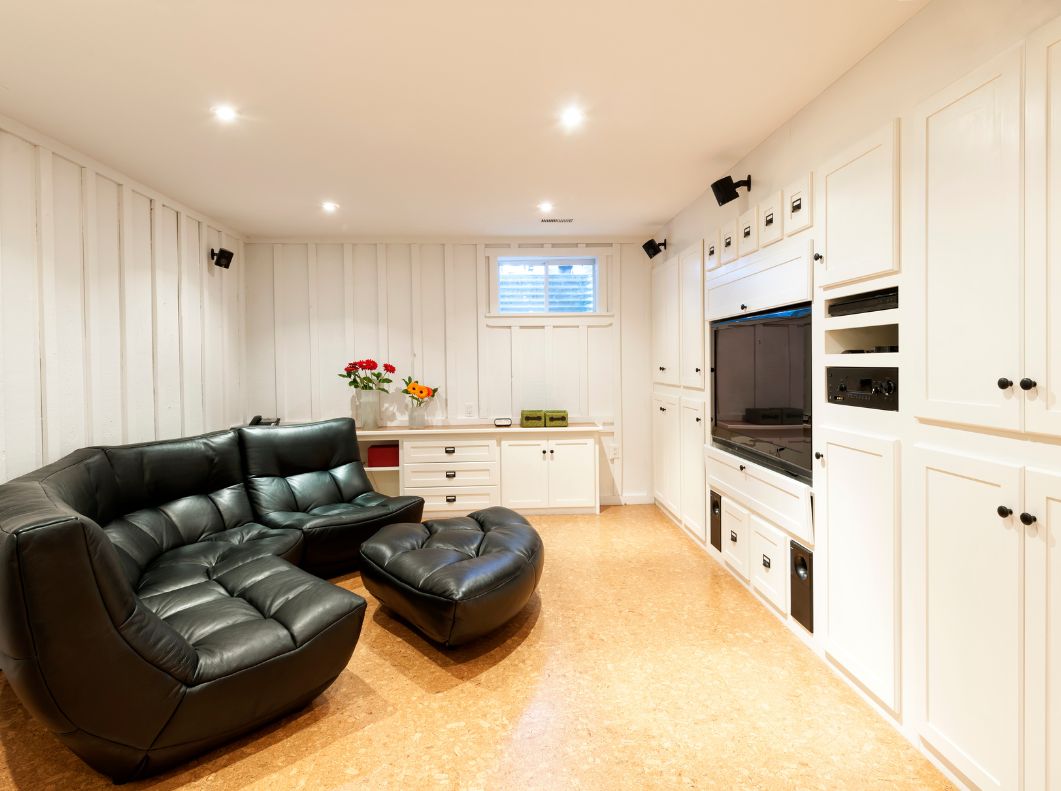
Image by Elena Photo from Canva
Insulation and Noise Reduction
Remember all those closed air cells? Well, that air doesn’t just work as a cushion, it also helps trap heat, making it a natural insulation for your floors. If you live in a location that gets cold in the winter but you still like to walk around in your bare feet, then cork plank flooring may be your best bet.
More insulation also means less noise. Sound resistance is one of the most significant benefits of cork flooring, being especially beneficial in households with children or pets, or in the case of rental properties, not disturbing roommates or neighbors with creaking, hard floors.
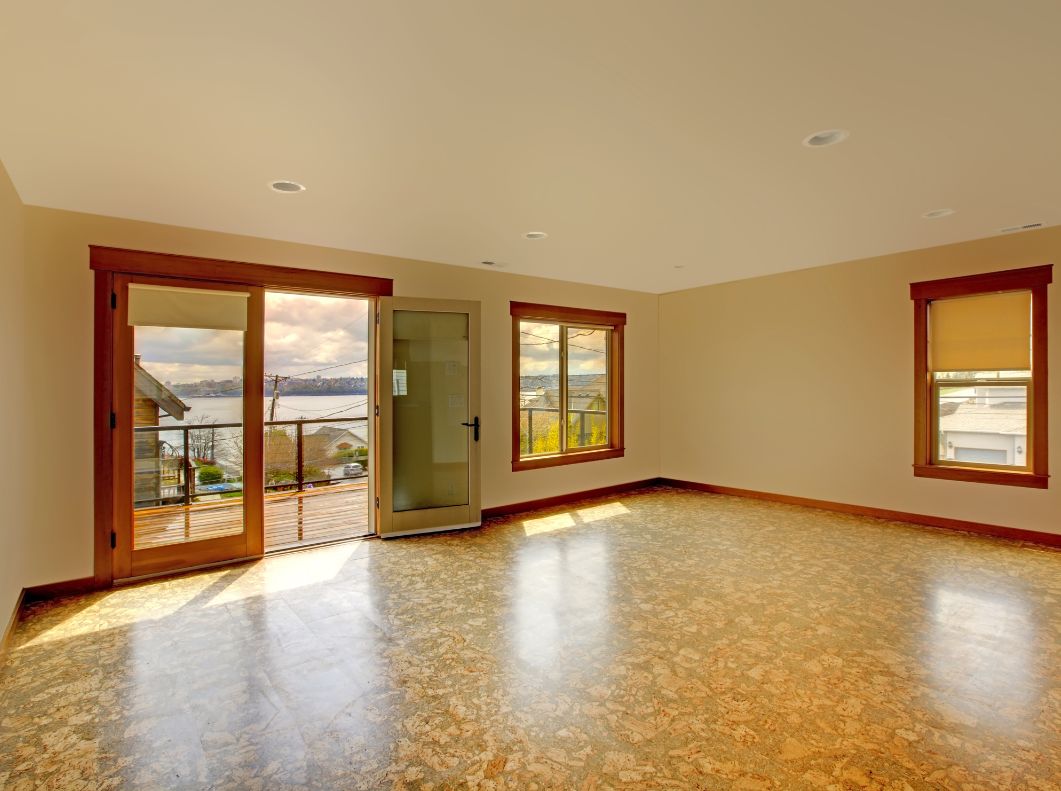
Image by Irina88w from Getty Images
Water-Resistant
Cork flooring is also remarkably water resistant. Therefore, it’s a wise choice for moist areas such as bathrooms, kitchens, and laundry areas.
Just don’t confuse water resistance with waterproof. It’s always a good idea to add ceramic or porcelain tile near places that are prone to lots of water, such as near your shower. Rick adds, “We recommend a water-based polyurethane application to help seal gaps in cork tiles.”
Longevity
When it’s installed right and maintained properly over time, cork can last for upwards of a century. In fact, residential and commercial cork flooring is often considered one of the most durable flooring options available on the market. When you invest in cork floors, understand that they’ll likely last a lifetime.
The Cons of Cork Flooring
Although cork can last for many years, it’s not impervious to damage. It’s scuff-resistant but because it’s a soft material, it has a tendency to show scratches and dents when it meets sharp objects.
If you’re a pet owner, one of the disadvantages of cork flooring is that it shows wear and tear from dog and cat nails.
Do you love wearing high heeled shoes? Sometimes, heels can create deep scratches on the cork.
Even if you don’t have pets or spike heels, you’ll want to be careful with a cork floor. Putting pads on the bottom of sharp-footed furniture and your appliances will help protect the vulnerable cork floor.
Shade Variations
Sunlight and cork flooring isn’t the best combination because cork tends to fade over time. It's definitely not the ideal flooring material for sunrooms and indoor/outdoor decks.
“While all floors fade (including hardwoods) and all materials react to direct sunlight, so too will cork. Blinds or other window treatments should diffuse direct light to minimize fade,” explained Rick.

Price-Point
Finally, we come to one of the most important factors when you purchase a flooring material: price. When compared with other flooring, including hardwoods, carpet, vinyl, and linoleum, cork flooring averages on the higher side, but still comparable to other high-end options. Per Rick, “The cost of cork floors are comparable to many wood floors available on the market today.”
As of 2018, the average cost of cork flooring ranges from $3-$8 per square foot, with an additional $1 per square foot for installation.
However, compared to high-end wood flooring or commercial-grade carpeting, cork can hold its own. Beautiful, ecologically friendly, low maintenance flooring costs money. Period.
The Cork Floors: The Bottom Line
While it’s all a matter of perspective, for most homeowners, the pros of cork flooring far outweigh the cons.
If you’re looking for a flooring material that is as aesthetically pleasing as it is good for the environment and full of great functionality, then cork flooring may be the right choice for you. However, if the cork flooring problems outlined above gave you a pause for concern, then consider your other options.
Per Rick, “Cork is the ultimate renewable resource with a distinctive look all its own. It’s warm, it’s insulated, it’s resilient, and keeps its shape. It also possesses wonderful acoustical properties. Cork demand is steady and so too is supply.”
Now that you’re armed with the knowledge of cork floors, you can make an educated decision on the flooring you want for your own home.





